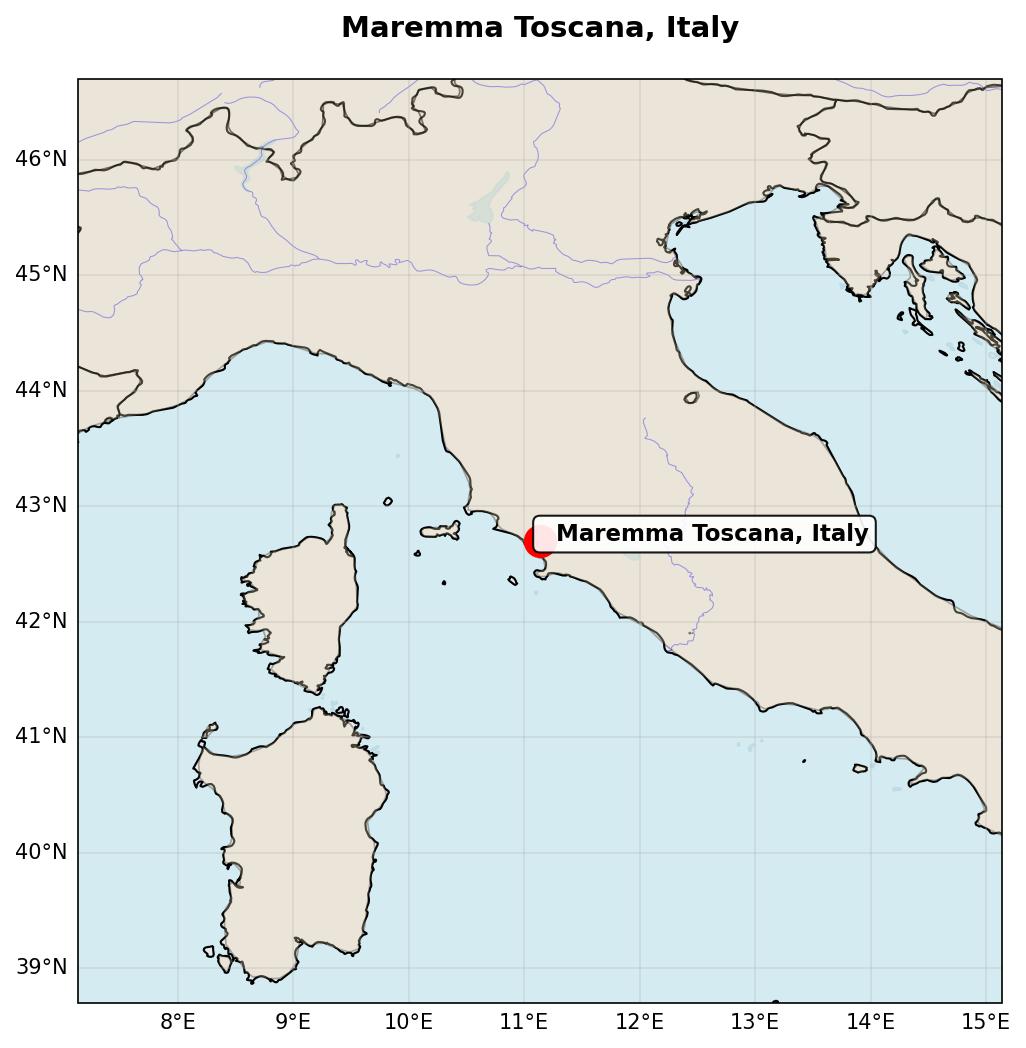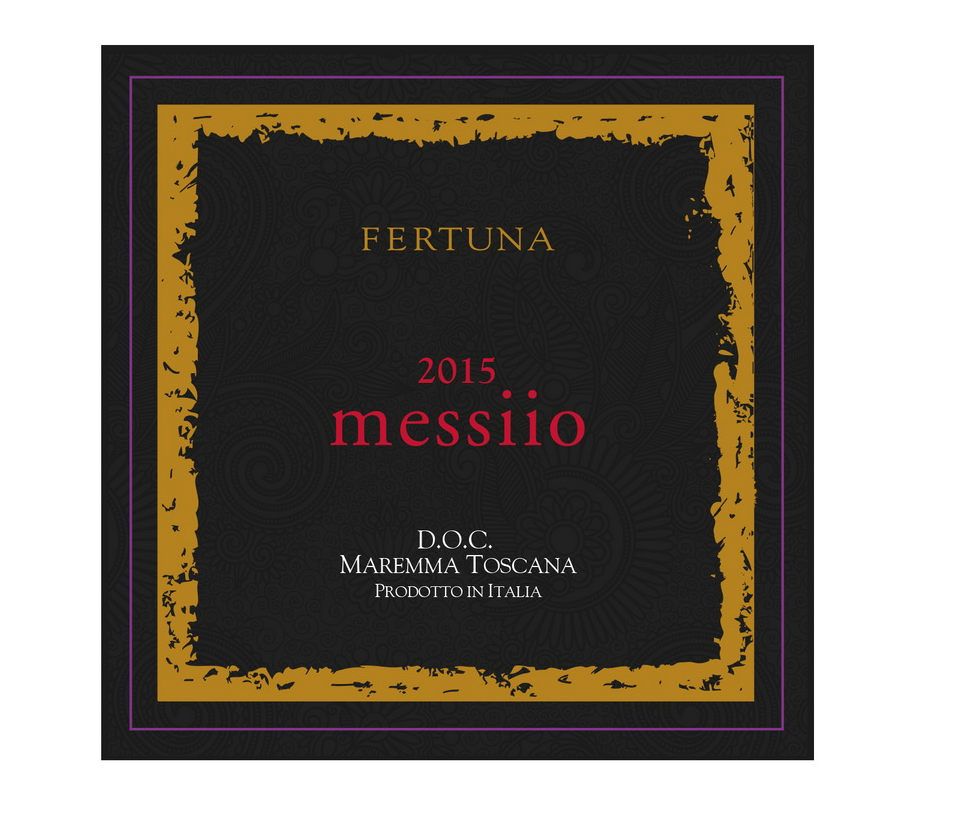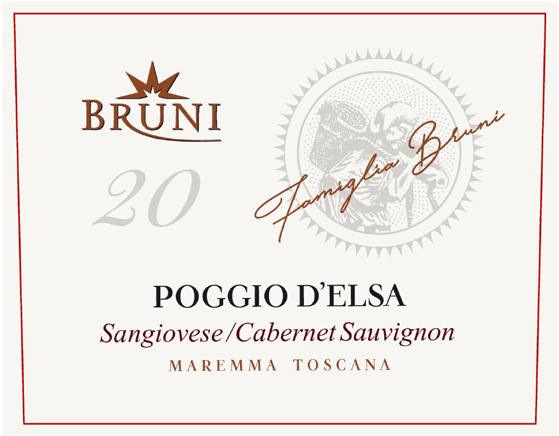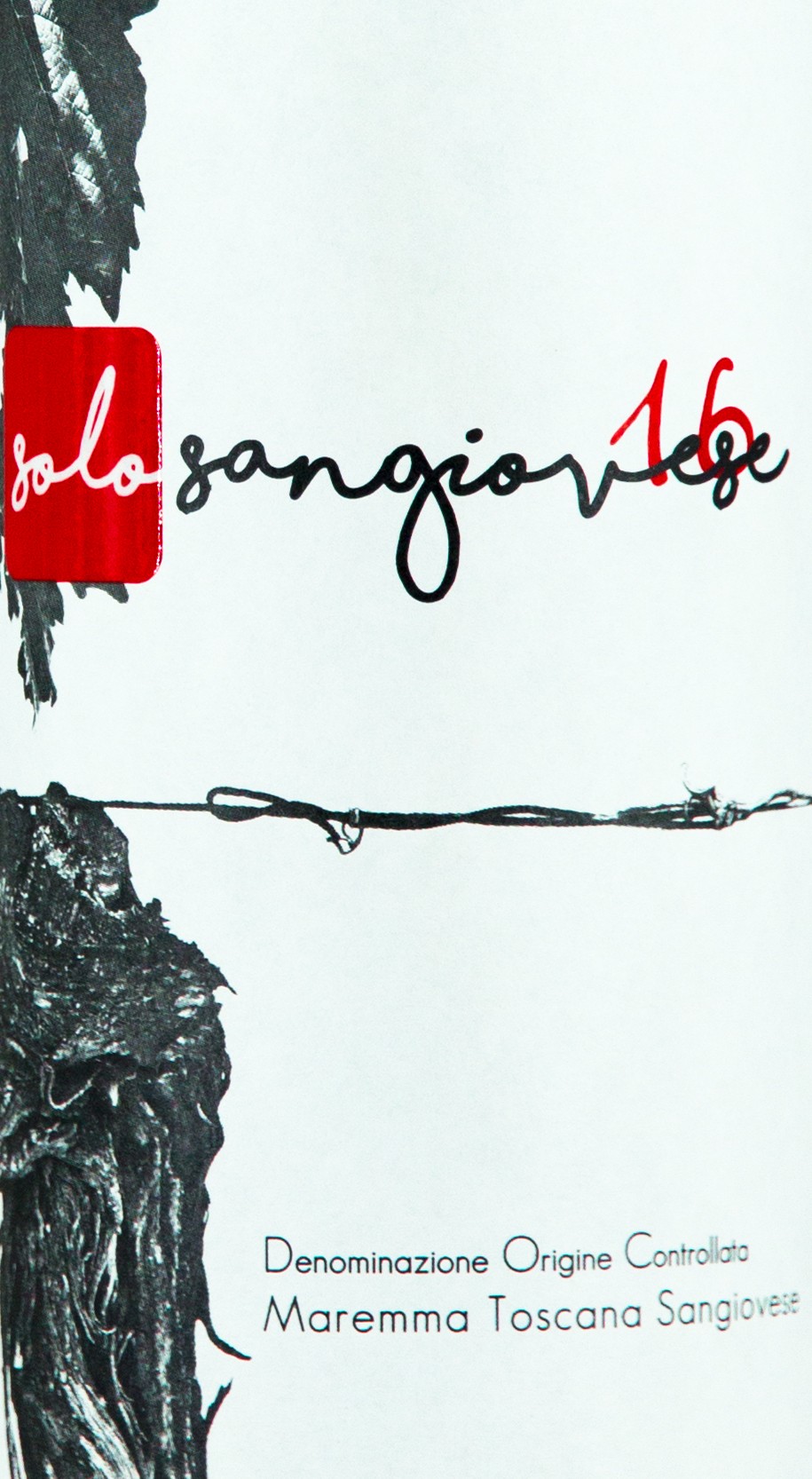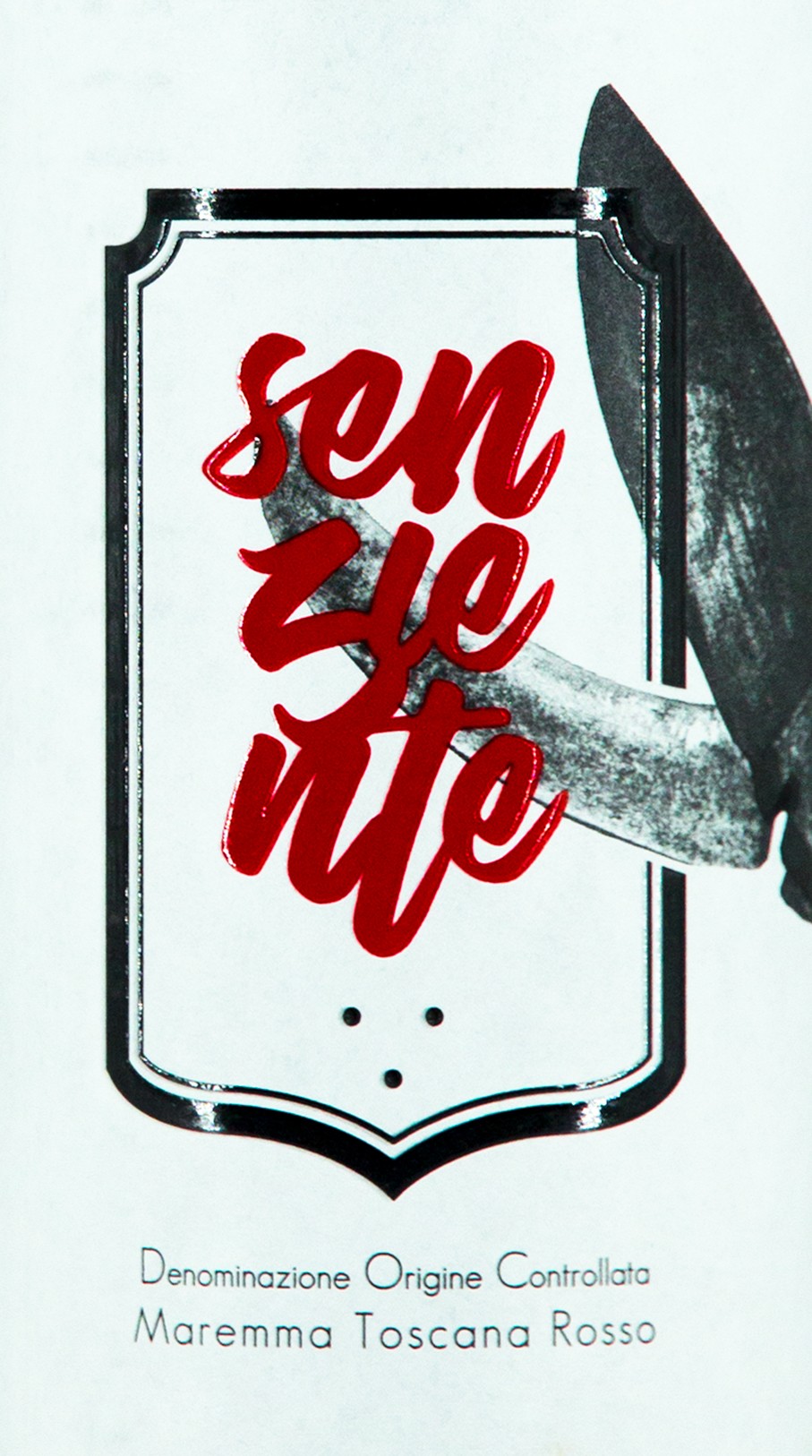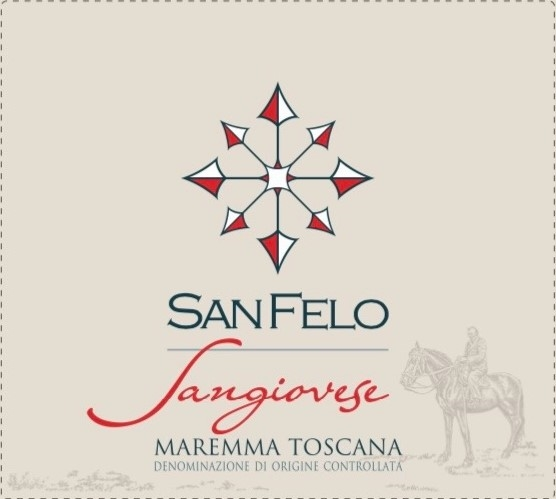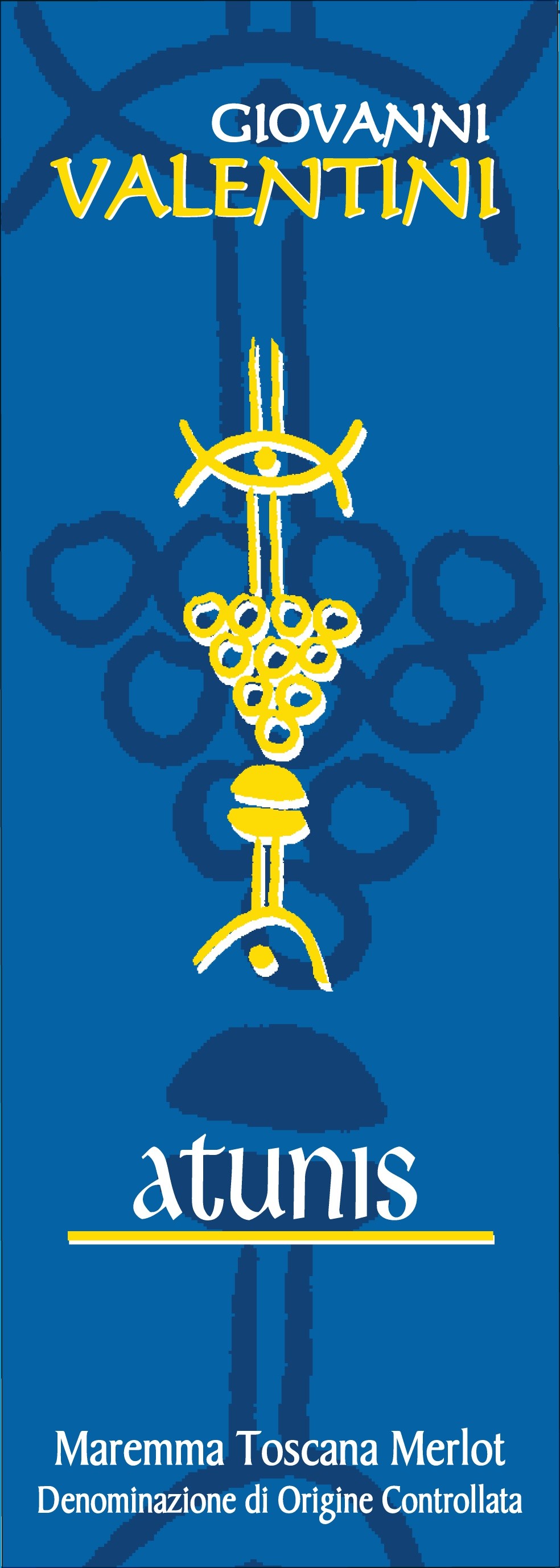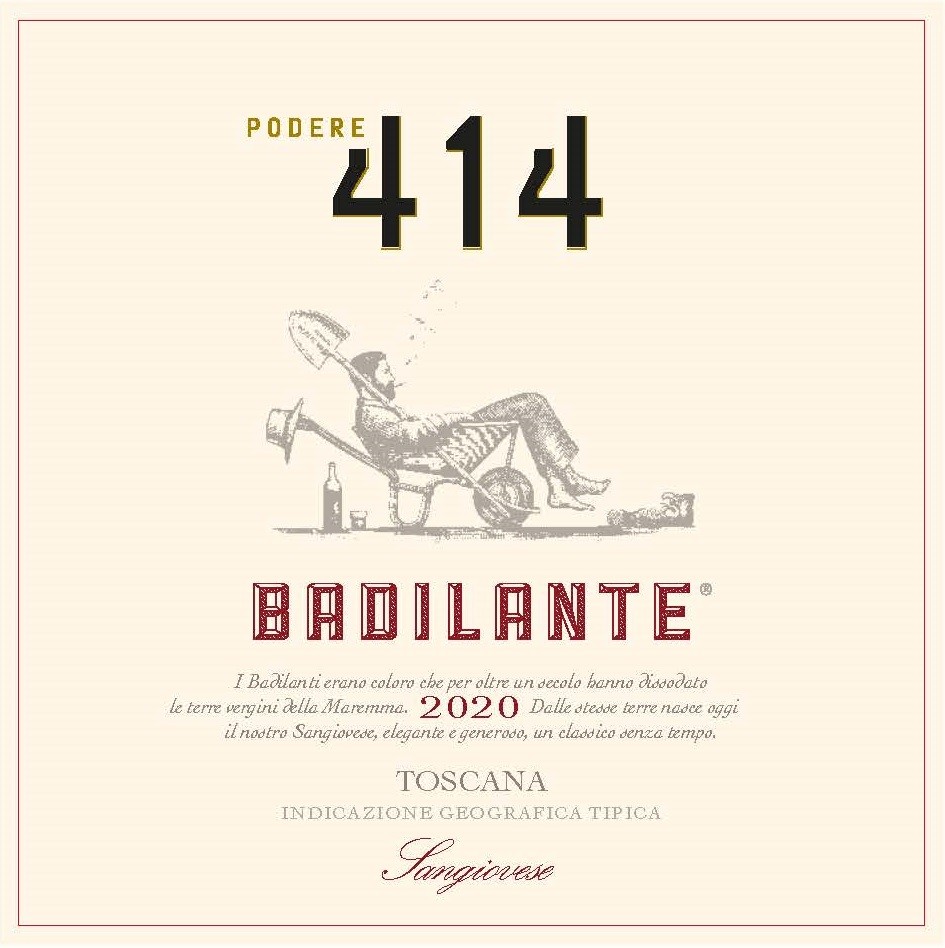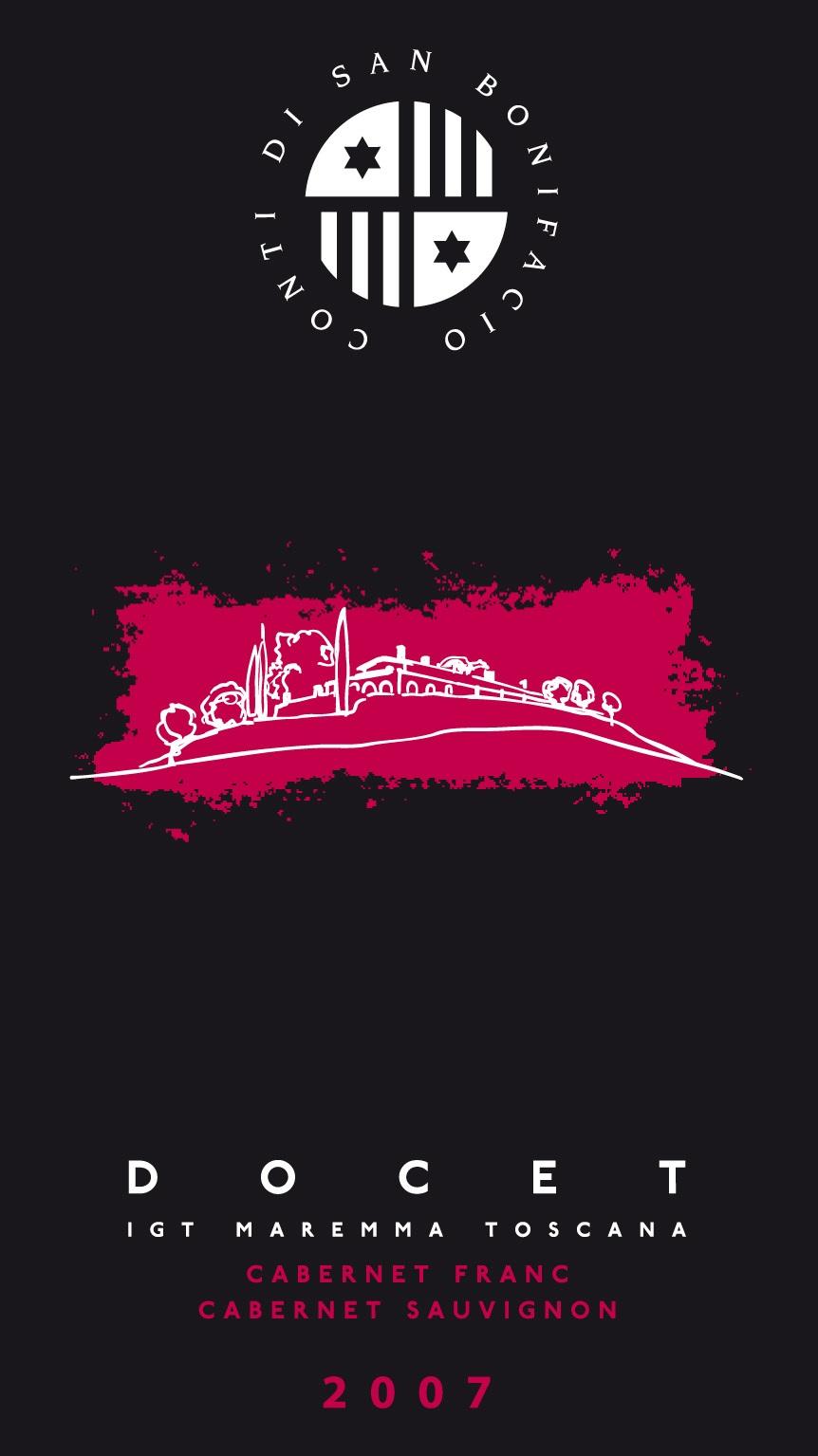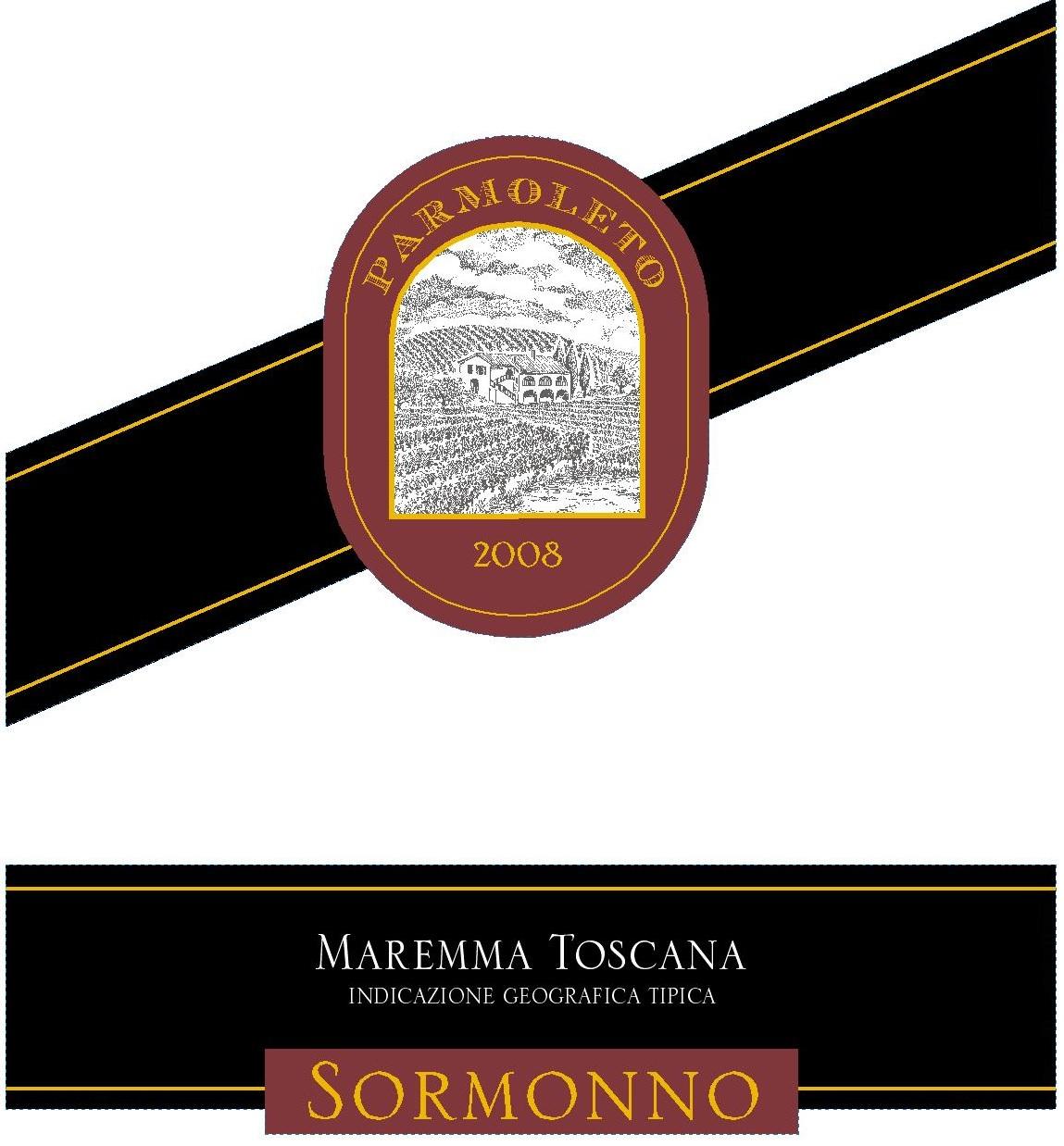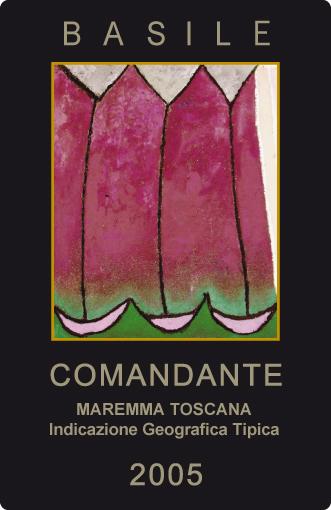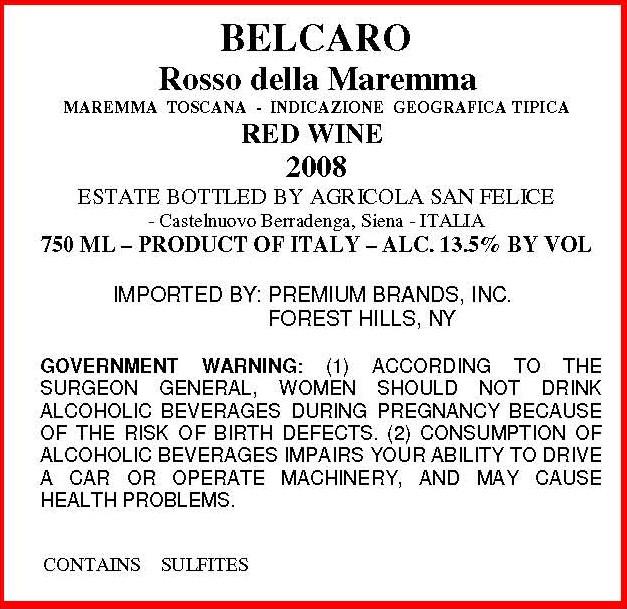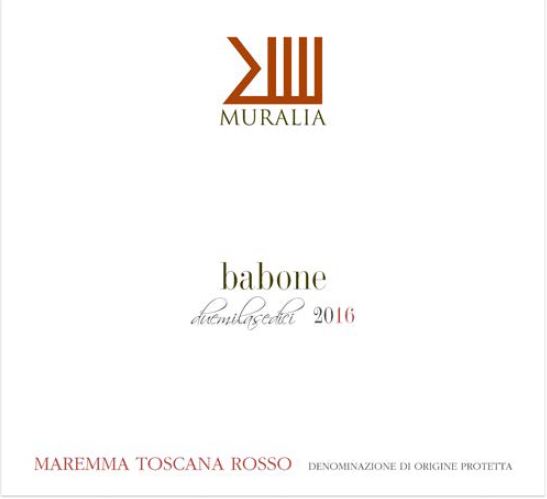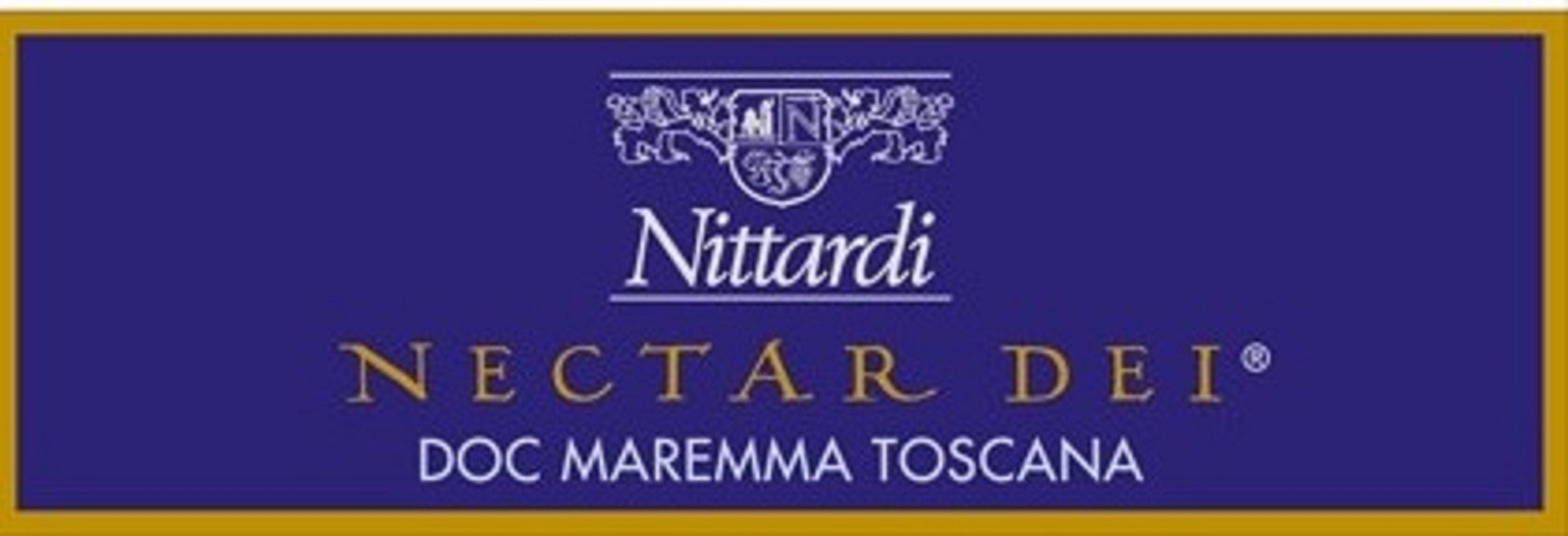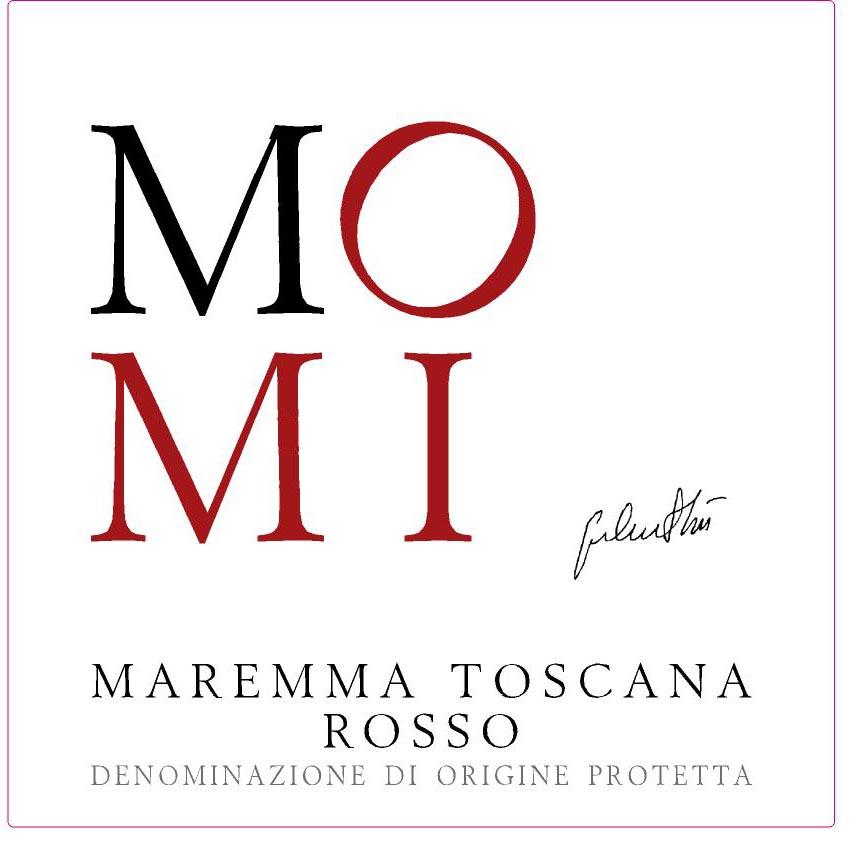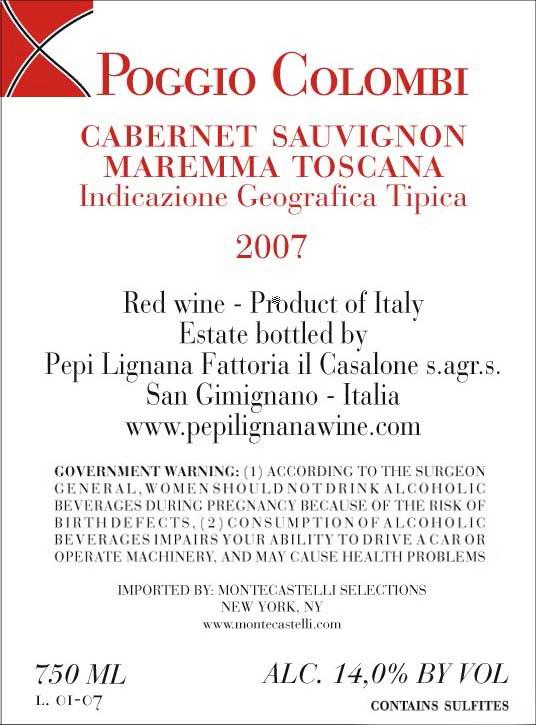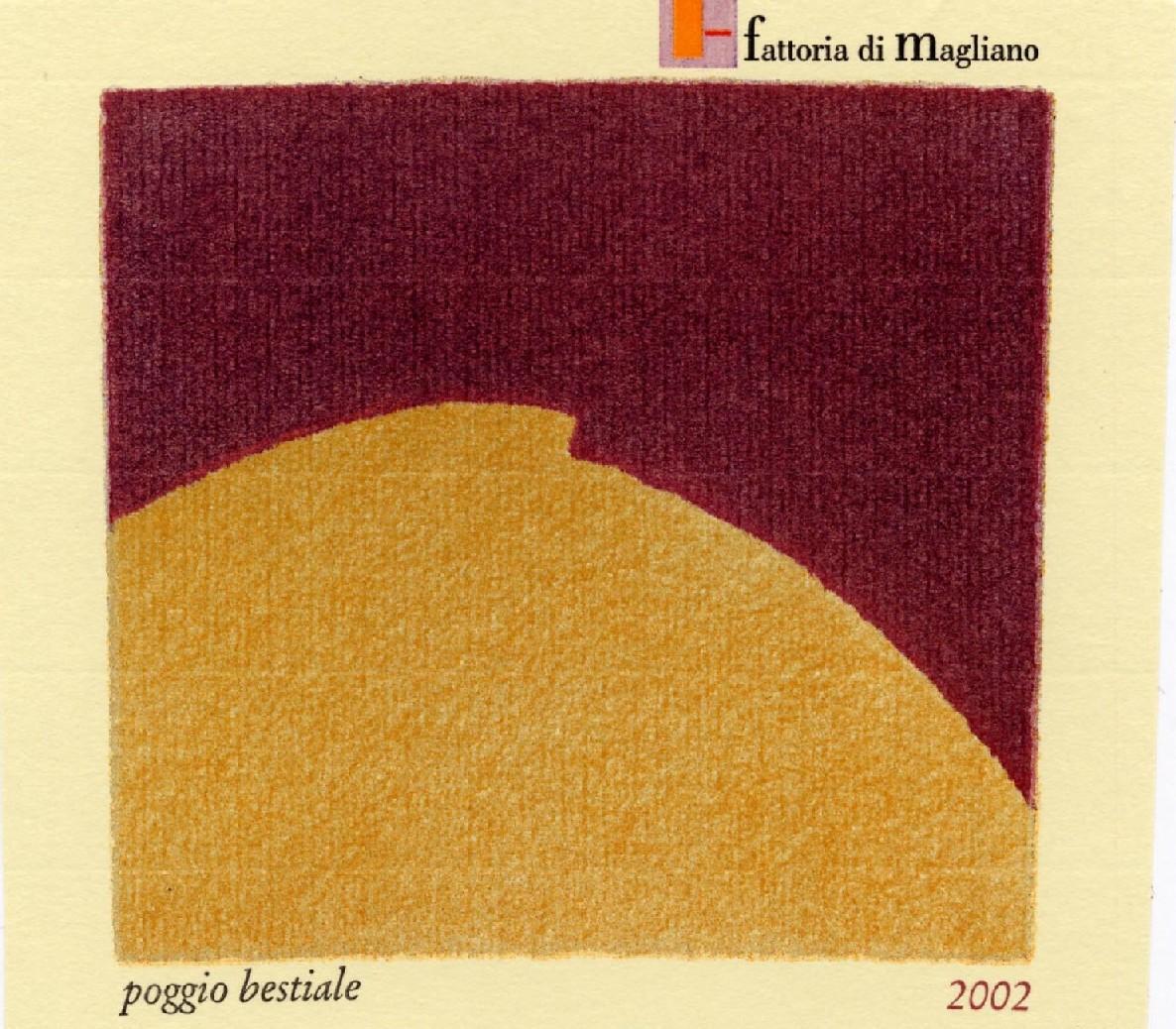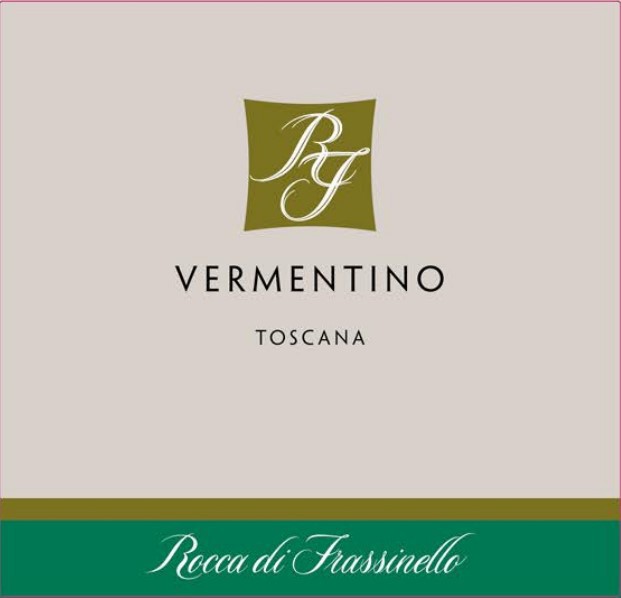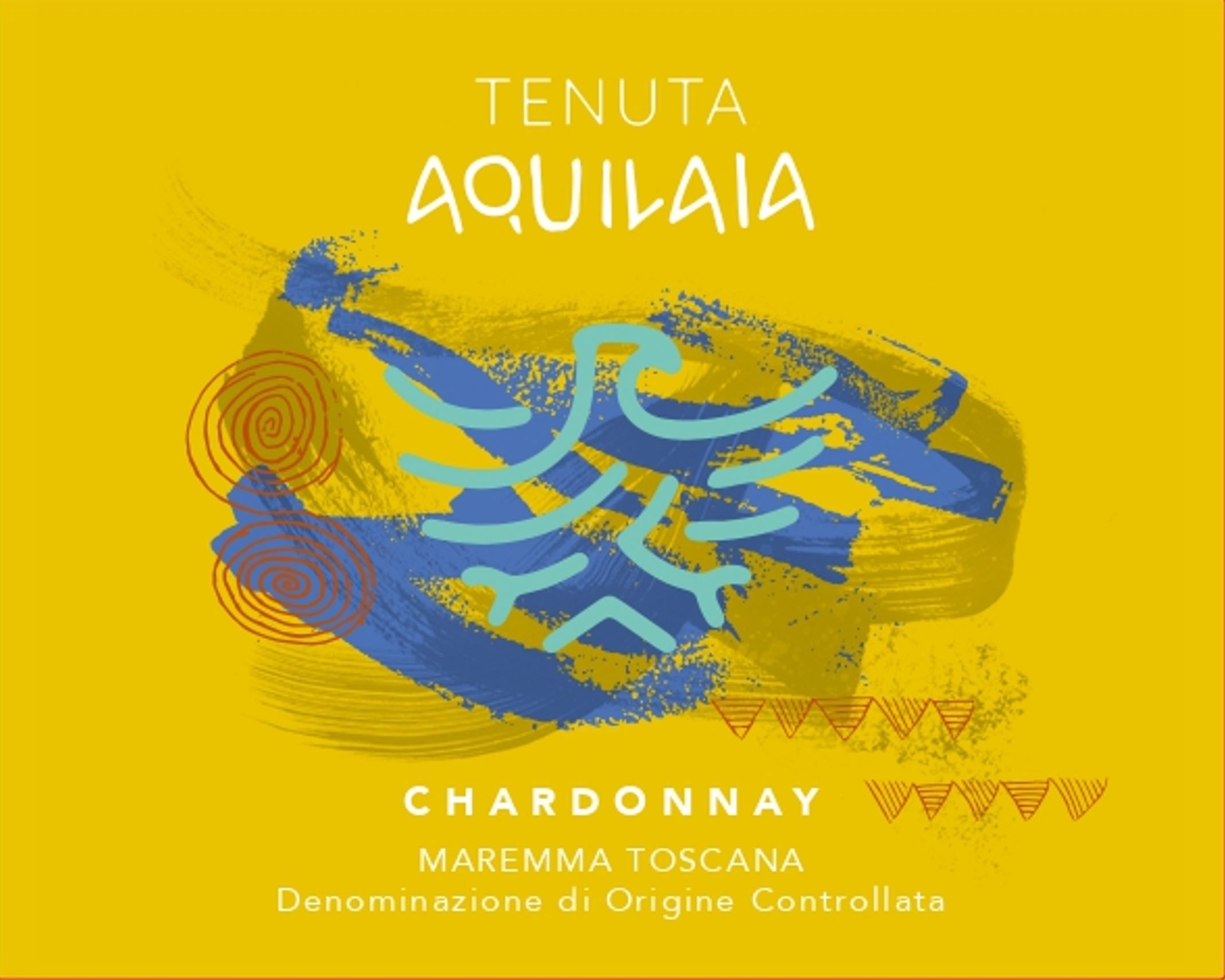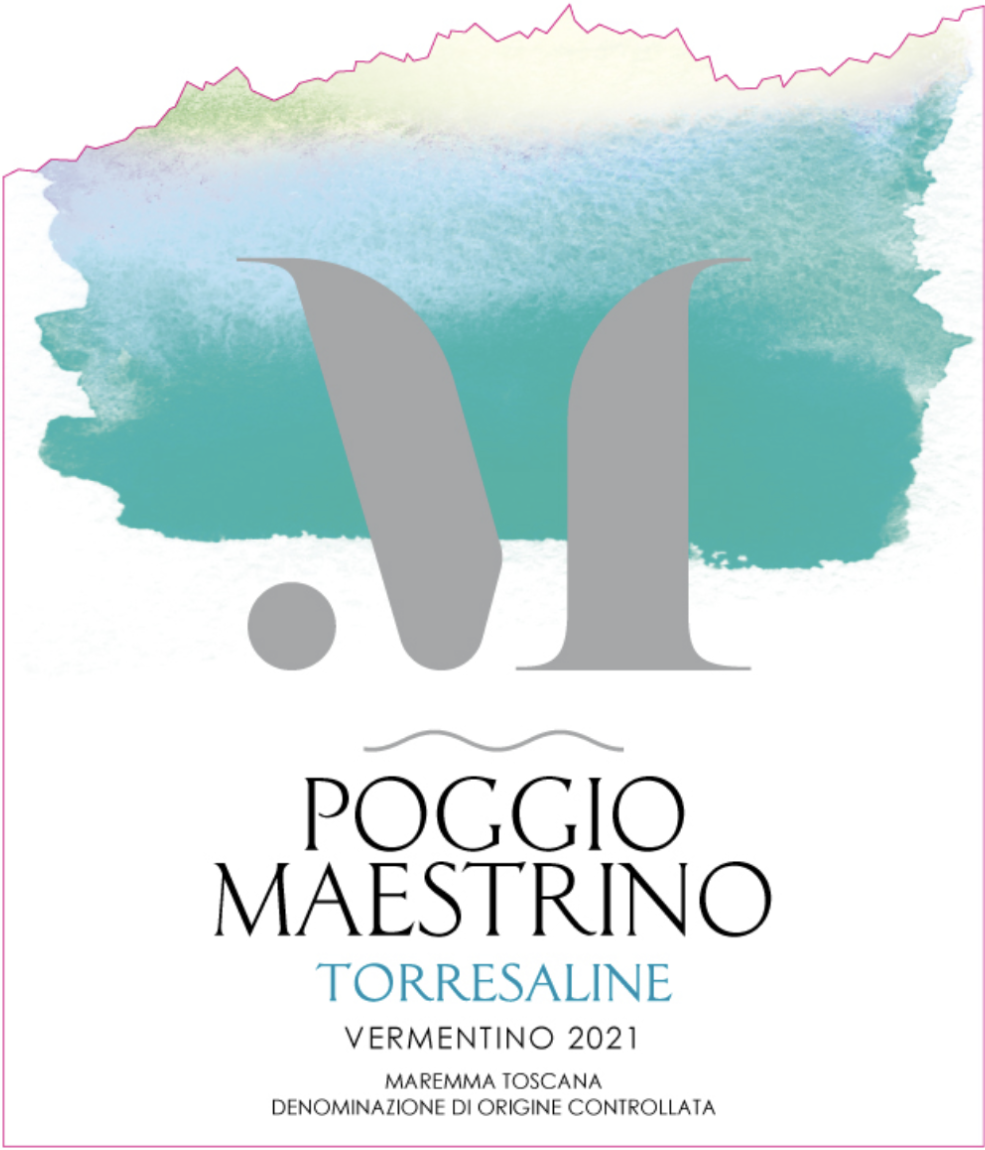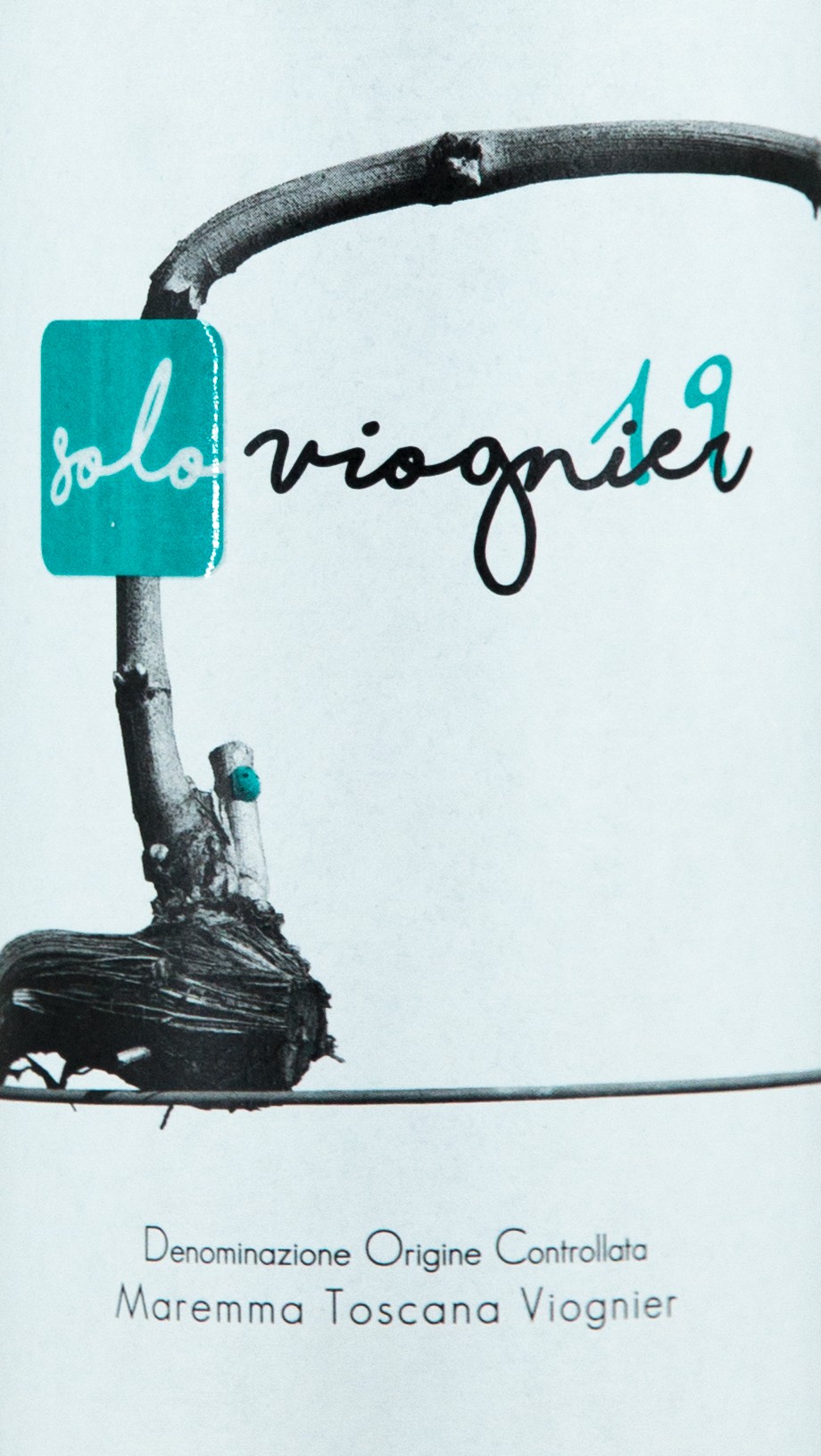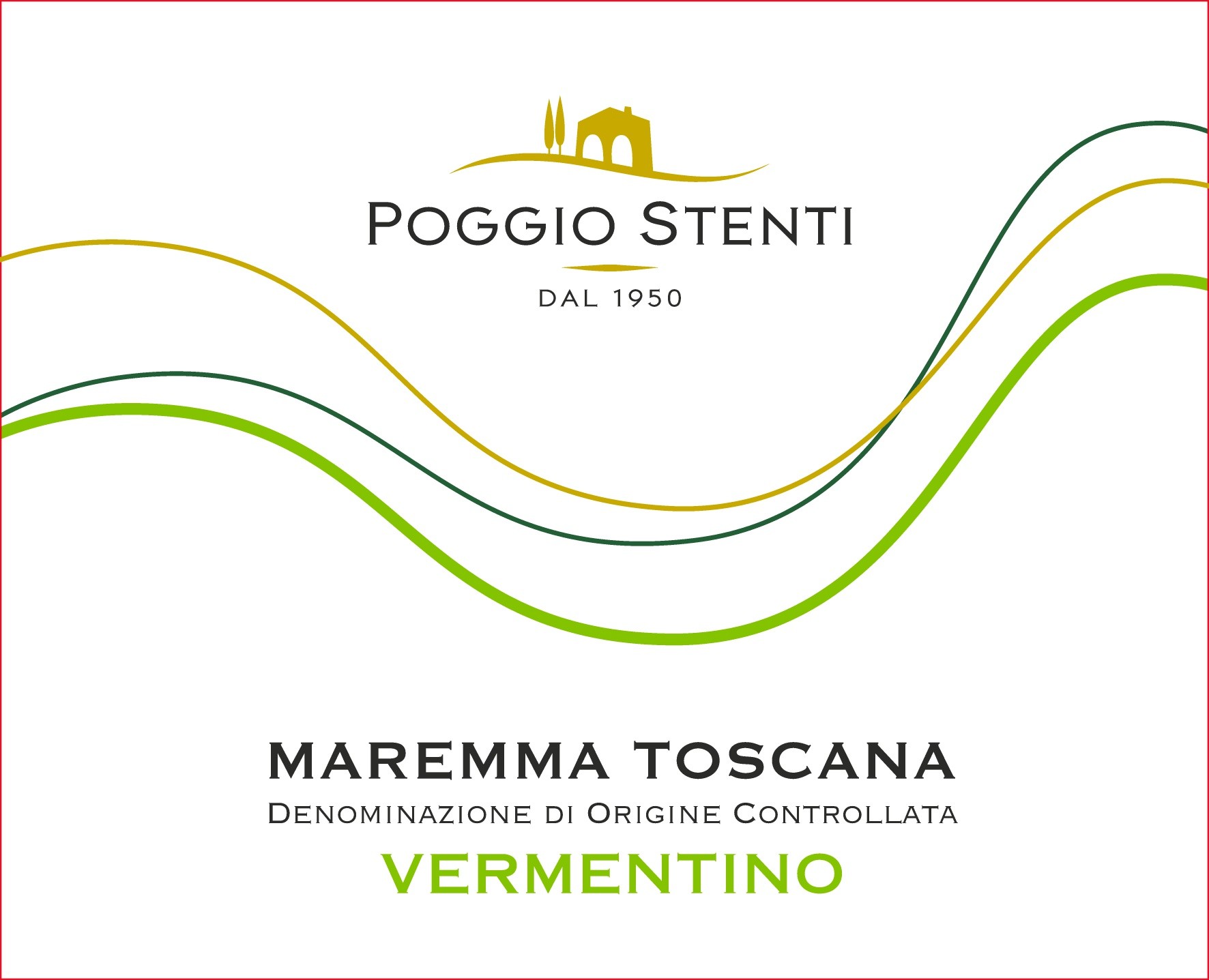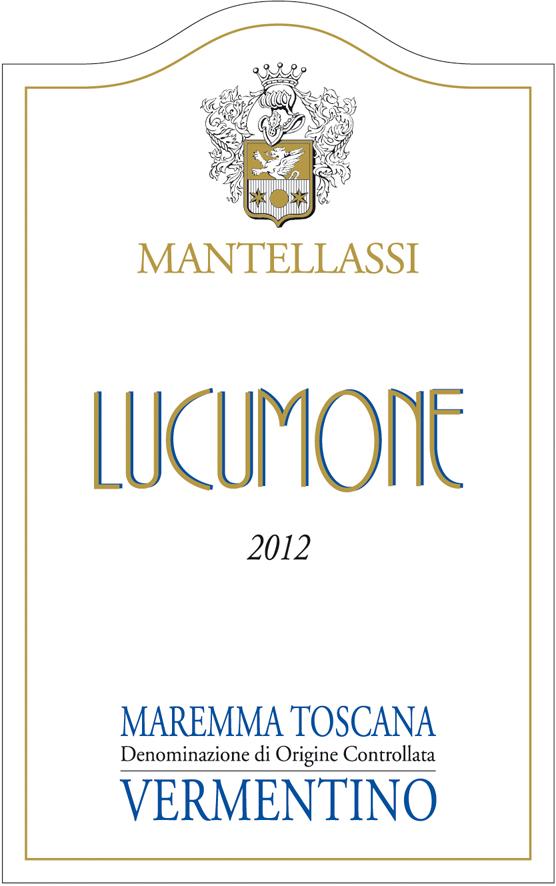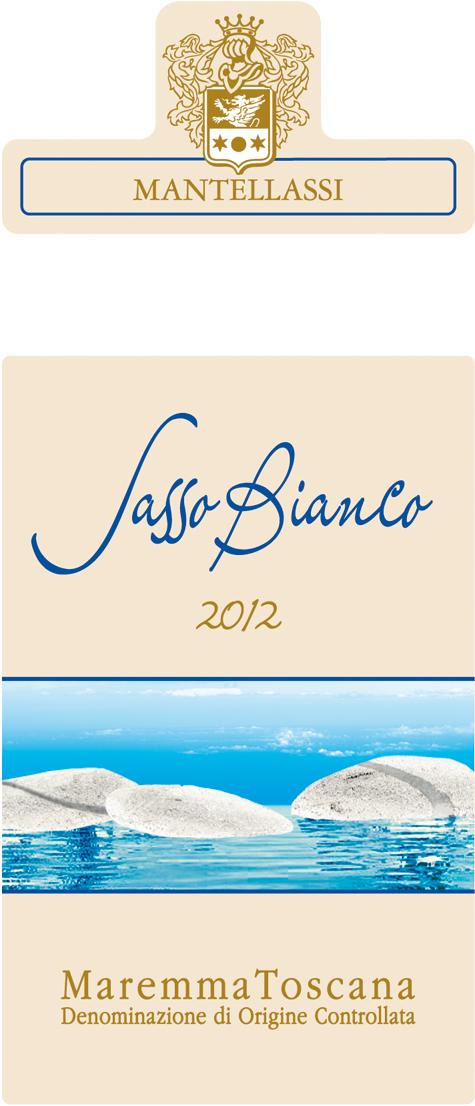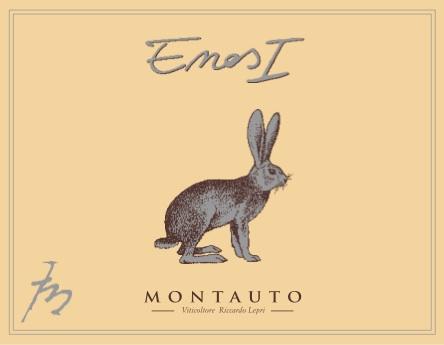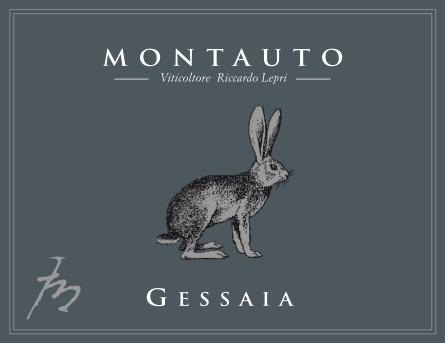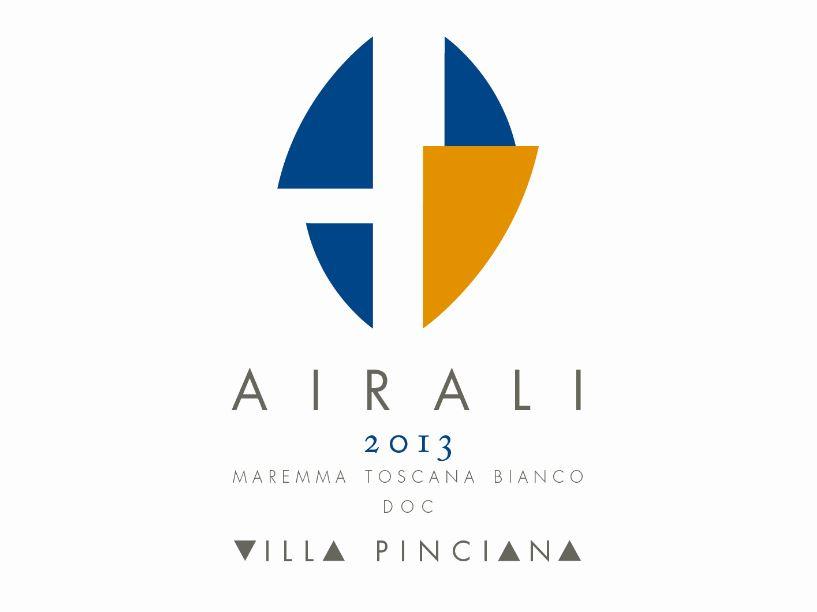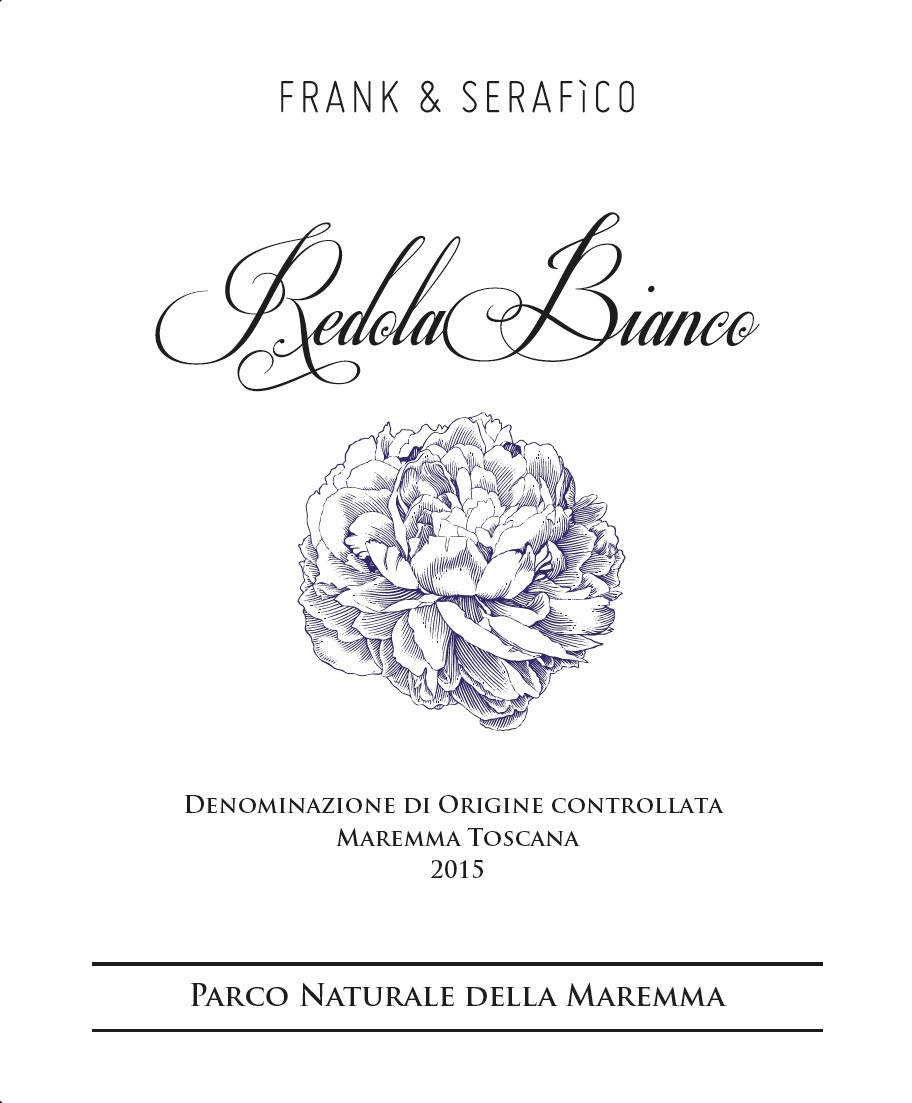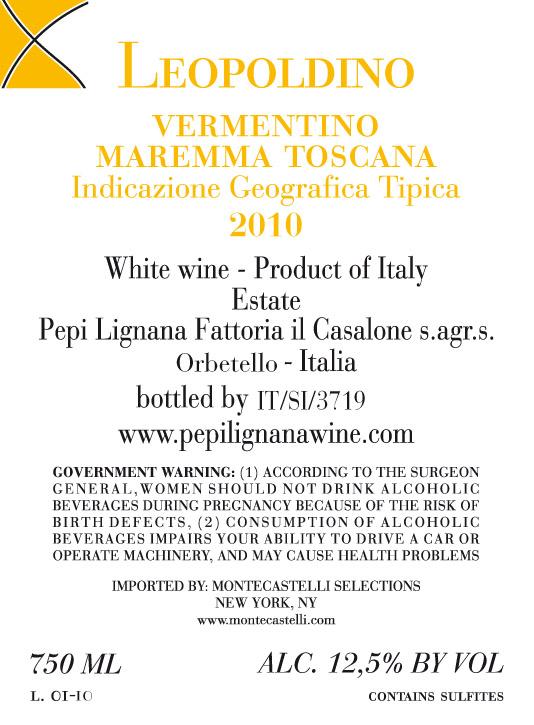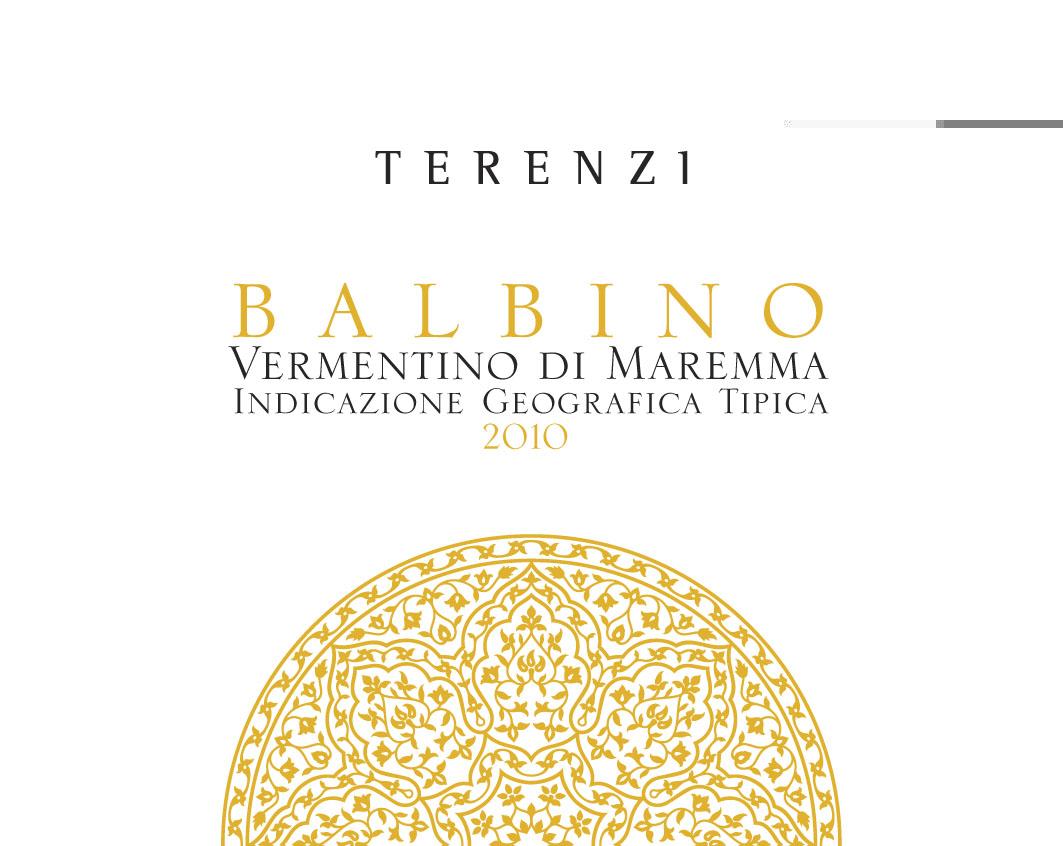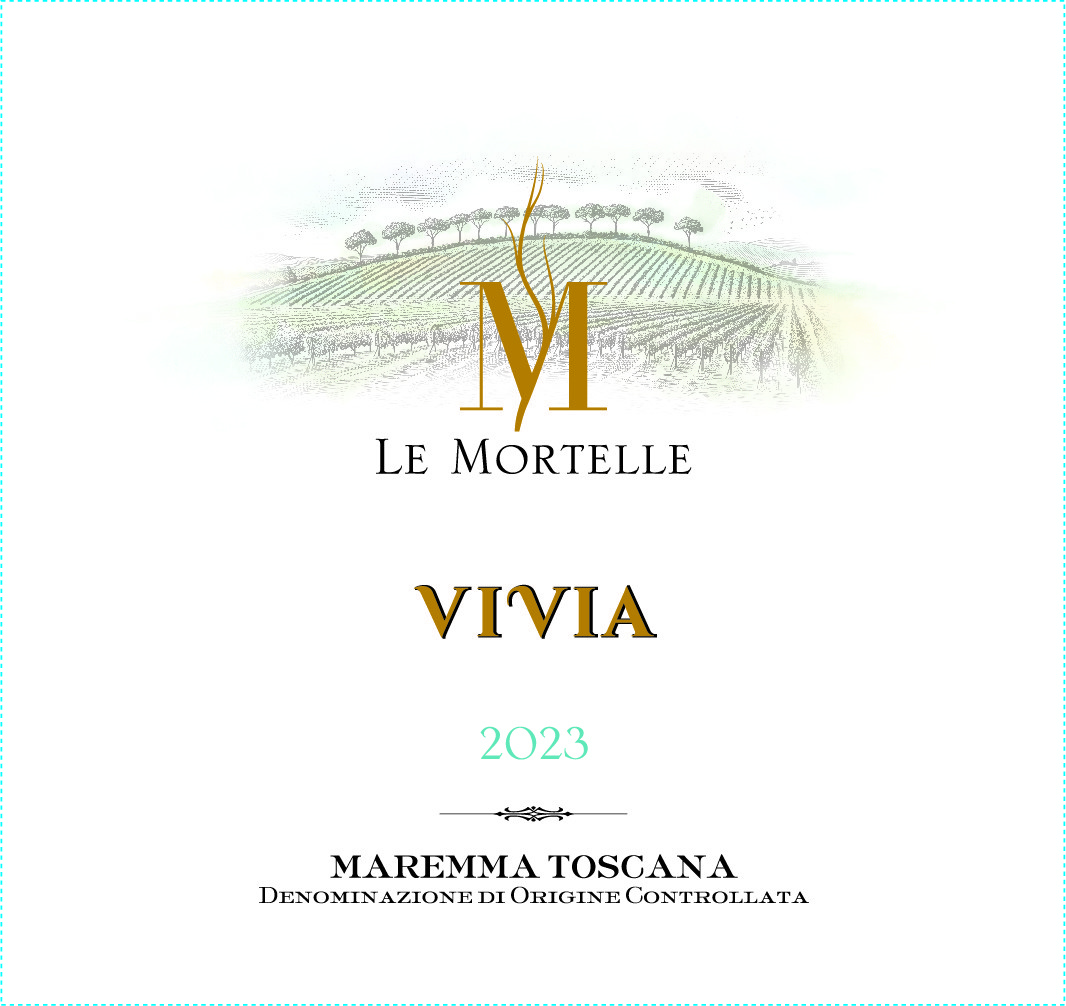Terroir of Maremma Toscana
Maremma enjoys a warm Mediterranean climate, ideal for viticulture. The region features a variety of soils, from sandy and alluvial deposits along the coast to clay and calcareous marls in the uplands. These diverse soils contribute unique characteristics to the wines, with volcanic soils like tuff and basalt near Monte Amiata adding an interesting complexity.
The climate here showcases hot, dry summers tempered by cooling Tyrrhenian Sea breezes and cooler nights, which help maintain grapes' acidity. Winters are mild, with most rainfall occurring in autumn and winter. The long, sunny growing season supports the full maturation of grape varieties like Cabernet, Syrah, and Vermentino.
Vineyards sit from sea level up to 500-600 meters, taking advantage of temperature variations that enhance the wines' balance and freshness. This diverse terroir produces wines with rich flavors and a hint of local Mediterranean character.
Notable Wineries in Maremma Toscana
Maremma Toscana, a vibrant wine region in southern Tuscany, showcases a blend of tradition and modernity through its exceptional wineries. Here are some notable producers:
-
Fattoria Le Pupille: Known for robust yet elegant reds, like the iconic Saffredi, and varietal wines such as Vermentino.
-
Tenuta Le Mortelle: Owned by the Frescobaldi family, this coastal estate crafts Cabernet blends and expressive whites, enhanced by sea breezes.
-
Monteverro: Offers Bordeaux-style blends and polished contemporary wines, including Syrah and distinctive whites.
-
Poggio Argentiera: Celebrated for Morellino di Scansano and Maremma Toscana wines that highlight local and international grape varieties.
-
Castello di Montepò: Renowned for its Sangiovese-based wines, focusing on structure and lasting appeal.
Sustainable Winemaking in Maremma Toscana
In Maremma, sustainability in winemaking is increasingly crucial as vineyards adopt eco-friendly practices to preserve their unique terroir and Mediterranean character. Organic and biodynamic methods are gaining traction, with many producers implementing integrated pest management and planting cover crops to boost soil health and prevent erosion.
Water conservation through precise irrigation and dry-farming is also prevalent, reflecting a commitment to resource efficiency.
This environmentally conscious approach extends to winmaking, where minimal-intervention techniques are favored. Winemakers use indigenous yeasts, limit sulfur, and apply oak judiciously to bring out the region’s distinctive flavors.
Many newer wineries invest in solar panels, gravity-flow systems, and water recycling, reducing energy consumption. These initiatives, supported by the Maremma Toscana DOC Consortium, are helping more vineyards achieve organic certification and adopt practices that have a low environmental impact.
Wine Tourism in Maremma Toscana
Maremma Toscana offers a rich wine tourism experience, combining vineyards with natural beauty.
The wine trail from Scansano to coastal areas like Castiglione della Pescaia features wineries offering tastings paired with regional dishes such as Pecorino Toscano. Visitors often stay at agriturismos, embracing local culture.
Beyond wine, activities include cycling the Maremma Regional Park and exploring historic towns like Pitigliano. Saturnia’s thermal baths and Tuscan Archipelago’s beaches add relaxation options.
Ideal visit times are late spring and early fall, with vibrant wildflowers or harvest colors enhancing the scenery. Events like local wine fairs offer easy access to diverse tastings. Custom tours, often by bike or horseback, showcase stunning vineyard and sea views.
This blend of wine, nature, and culture makes Maremma Toscana a unique destination.


